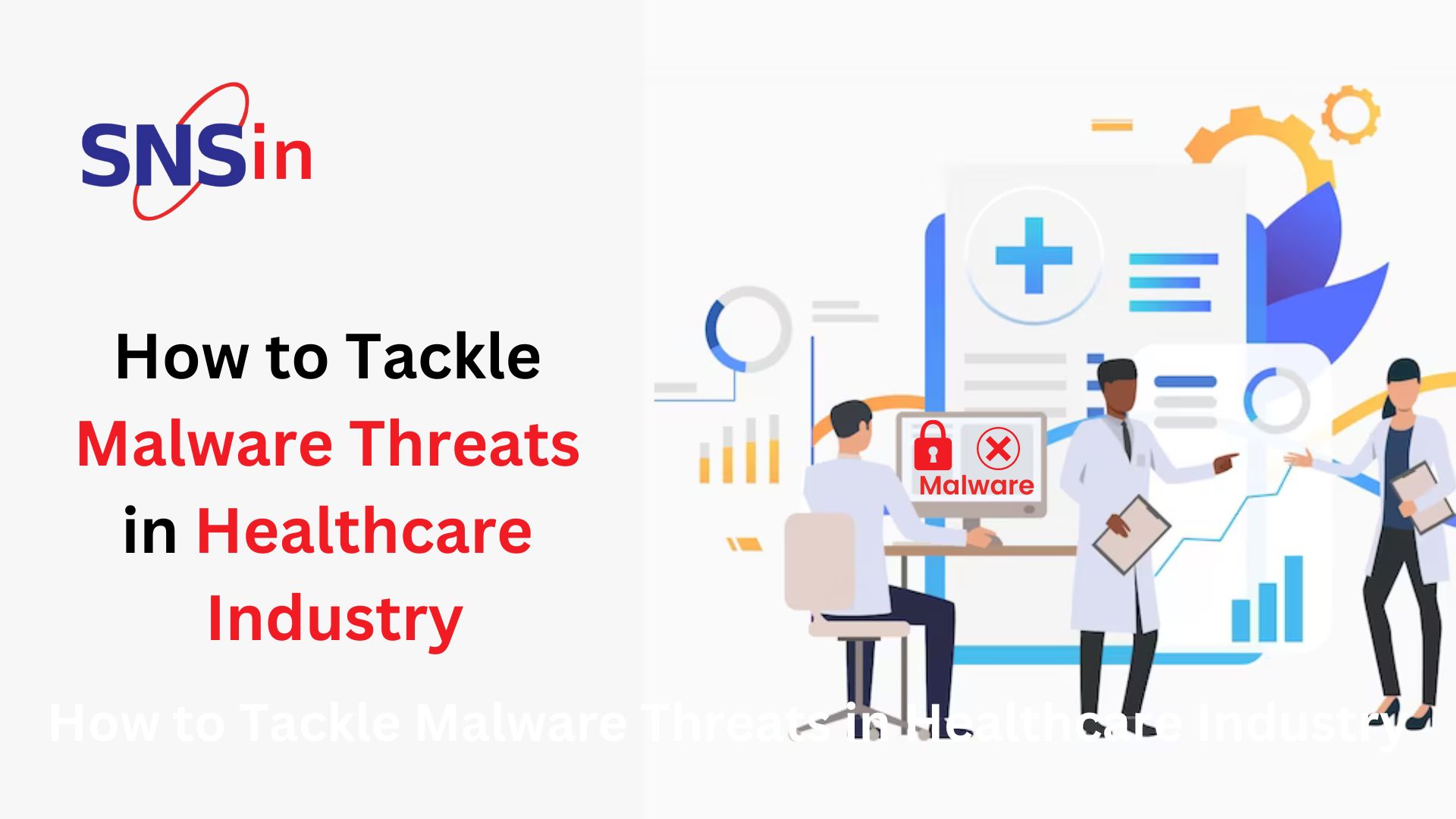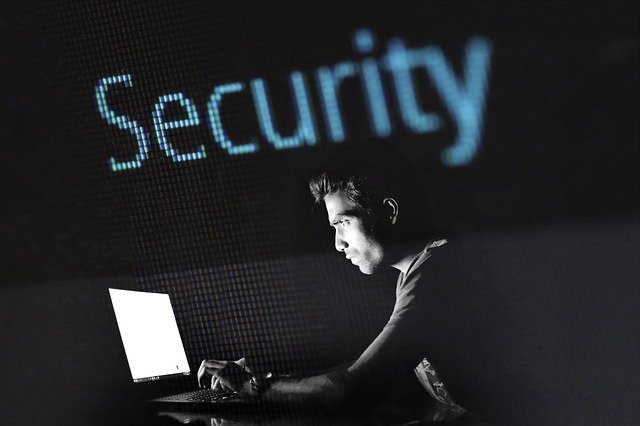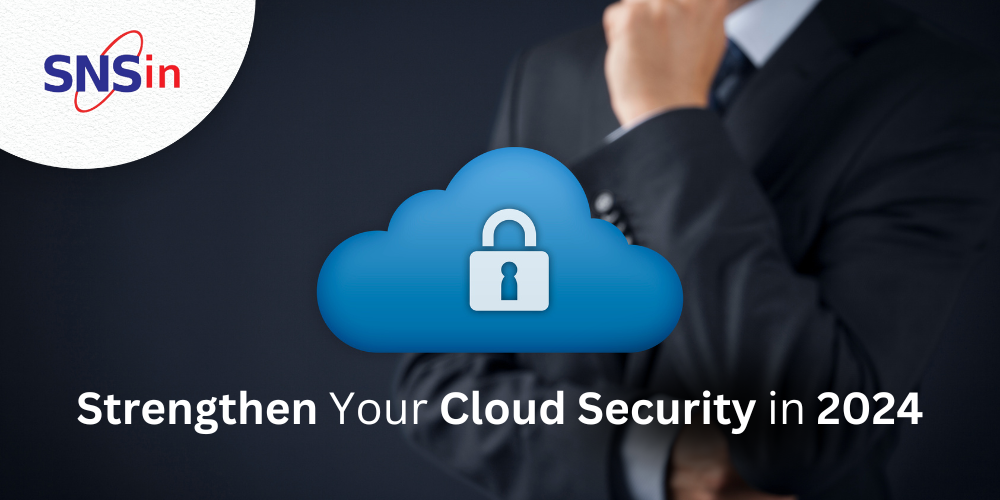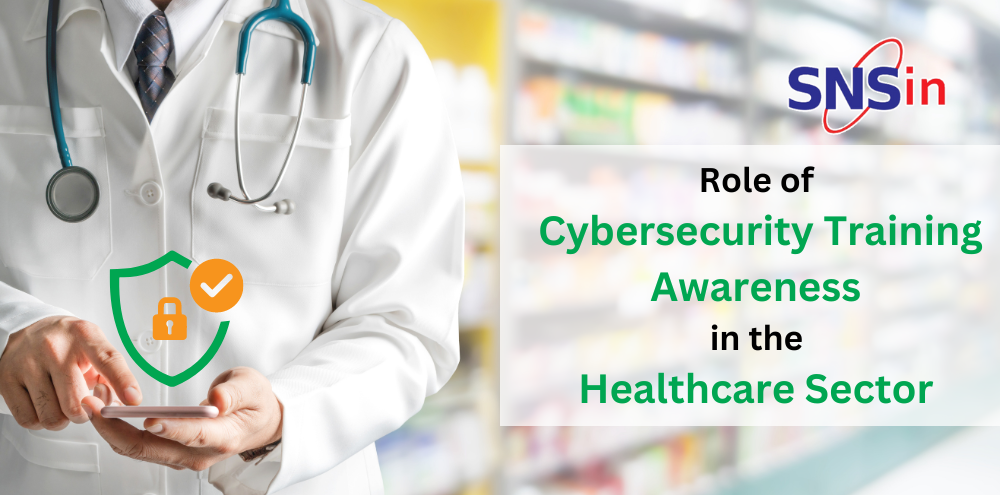Implement Robust Cybersecurity Measures:
It is vital to develop and define comprehensive Cybersecurity policies and procedures. These must include:- Regular software updates.
- Regular & periodic backup of data.
- Strong password usage.
- Encryption protocols, endpoint security, network segmentation, and access controls.
- Apart from regular network & cybersecurity protection related to perimeter or cloud, document security is important to protect vital patients’ data.
- Ensure that up-to-date security software protects all systems, including their medical devices. IOT/OT security is an increasing risk in the Healthcare industry.
Securing Network Infra:
Deploying Next-Gen Firewalls, IDS/IPS, and Email, Web & Endpoint Security for Network Security is mandatory. These tools ease monitoring network traffic, detect anomalies, and block malicious activities.Create Backup, Incident Response & Disaster Recovery Plan:
It would be wise to back up critical data on a regular basis. It is advisable to plan & maintain an effective disaster recovery plan. This ensures data restoration can be done when a malware infection occurs while operations run smoothly. Developing an incident response (IR) plan to address malware incidents is necessary. The IR plan outlines the necessary measures to be made when a malware attack occurs. It includes isolating infected systems, alerting stakeholders, and conducting forensic investigations.Put forth the Least Privilege Access:
Granting full access to every user to the core sensitive data is not wise. The IT Admin could restrict the user’s access to sensitive information. Thus, the admin could grant users the least privilege access according to their tasks. This may reduce the potential impact of malware infection. IAM/PIM/PAM solution becomes necessary for handling identity & privilege issues.Patch Management:
Keeping all the software, OS, and medical devices up-to-date with security patches is a must. The reason being vulnerabilities in outdated software could lead to Malware exploits. Organizations must enforce patch management as a priority.Implement Email & Web Filtering:
Businesses must use email and web filtering solutions. These solutions can block known malicious websites and filter out suspicious emails. This helps to reduce the risk of employees downloading malware or falling victim to phishing scams. Email-based phishing is the most common attack and hence one should have the best anti-phishing solution in place. Employee phishing simulation software would be a great value addition to any organization.Malware Monitoring & Detection:
Organizations must deploy Advanced Threat Detection systems like EPR, IDS, SIEM, and SOAR solutions. These tools detect and send alerts when potential malware threats surface in real time.Conducting Regular Risk Assessments & Security Audits:
It is necessary to perform risk assessments to identify vulnerabilities lying in the network and systems. It helps to find out potential entry points for malware/ransomware. It allows businesses to step up and take proactive measures to address these cyber risks. By doing so, it helps to understand and defend their IT and Network Infra better and fix the security flaws if any. Conduct regular security audits to assess the effectiveness of Cybersecurity measures. It helps to identify if there are flaws or if any improvement is necessary. It facilitates the implementation of necessary changes to enhance the Cybersecurity posture.Educate and Train People:
It is necessary to provide Cybersecurity awareness training for all employees. Such training must emphasize the importance of identifying and reporting potential malware threats. Providing training to users to recognize suspicious emails, attachments, and links. Time and again the users must be educated to refrain from downloading or opening files from unknown sources. As mentioned above, employee phishing simulation software would be an asset.Wrap Up
According to the Verizon Data Breach Report of 2022, 92% of Malware was delivered via email. As mentioned in the beginning, Cyberattacks on Indian Healthcare Industry have been rated as 2nd highest in the World. It is evident that the Indian healthcare industry has a lot to catch up on to improve its security posture. Cybersecurity is an ongoing process. Businesses must stay ahead and secure themselves from ever-growing cyber threats. It is crucial to stay updated on the latest threats, regulations, and best practices to ensure the continued protection of Healthcare organizations. Collaborate with SNS as Security Partner ! For Cybersecurity Awareness Training, IDS/IPS, Email Security, Firewall Security with Support & Implementation, or any other query related to Cybersecurity, please write to us at [email protected]. ![]()




